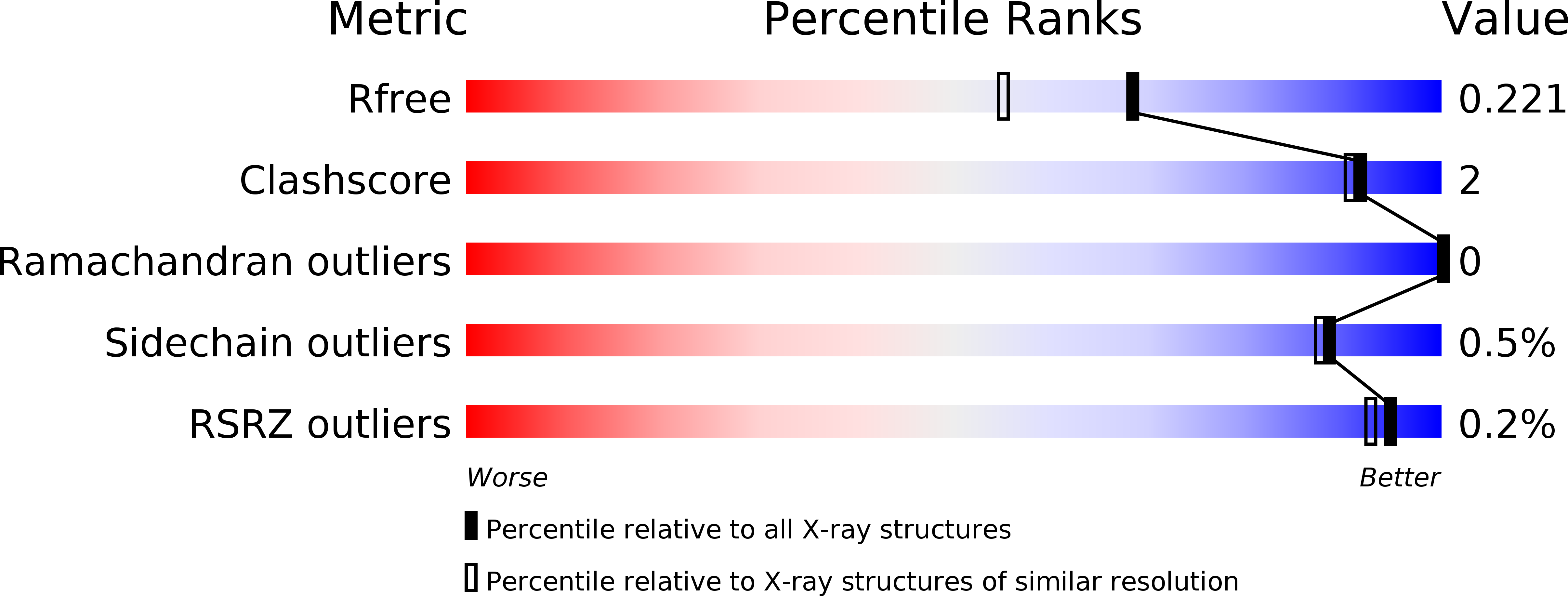
Deposition Date
2017-03-02
Release Date
2017-10-25
Last Version Date
2024-01-17
Entry Detail
PDB ID:
5NBP
Keywords:
Title:
Bacteroides ovatus mixed linkage glucan PUL (MLGUL) GH16 in complex with G4G4G3G Product
Biological Source:
Source Organism:
Bacteroides ovatus (Taxon ID: 28116)
Host Organism:
Method Details:
Experimental Method:
Resolution:
1.80 Å
R-Value Free:
0.21
R-Value Work:
0.17
R-Value Observed:
0.17
Space Group:
C 1 2 1


